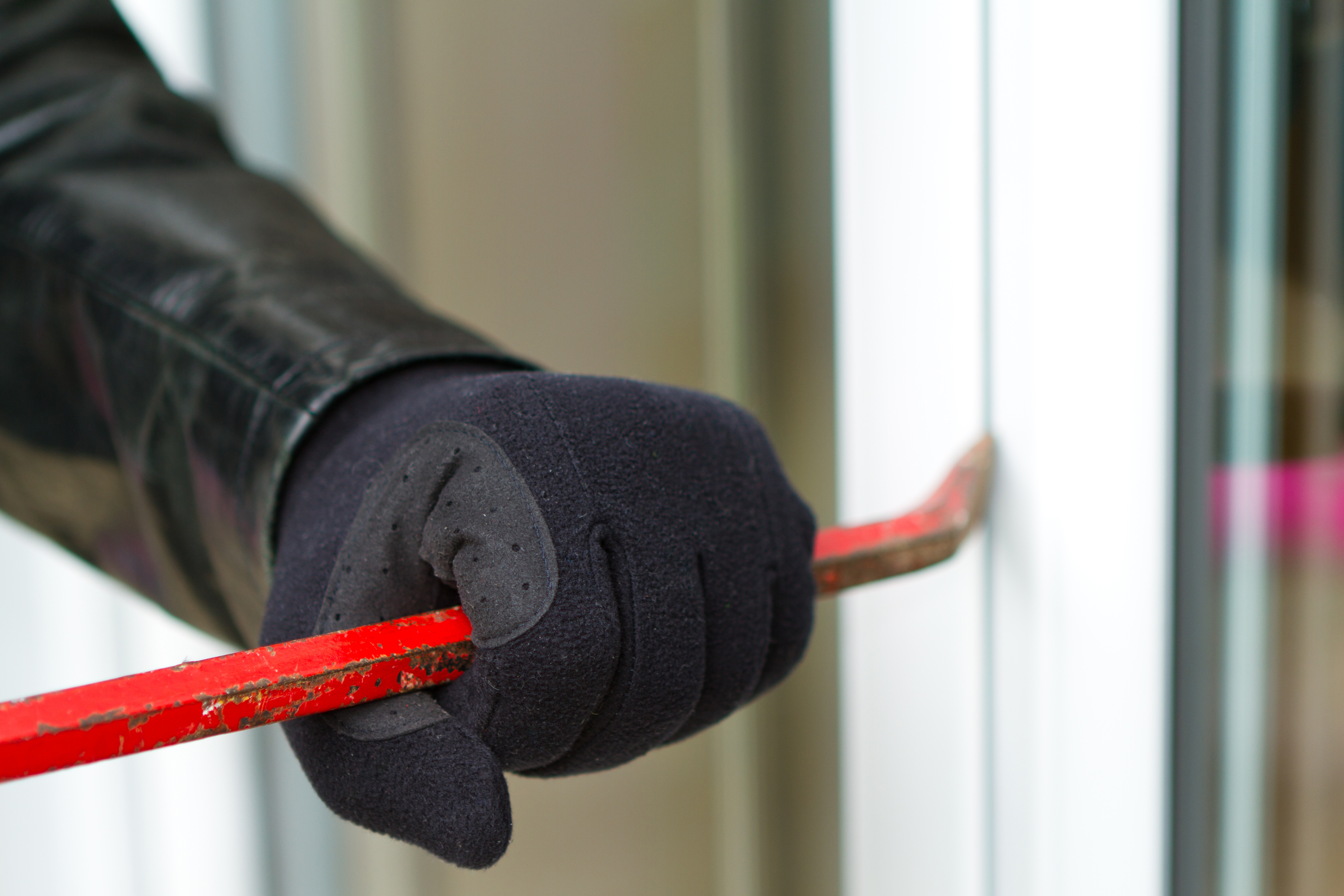Researchers ‘solve’ mock burglaries using microbiome

ATLANTA — Could the human microbiome one day be used as a tool to help solve crimes? According to researchers here, the idea is more science than science fiction.
In a study funded by the United States Department of Justice, researchers in Chicago and Florida found they could use unique bacterial assemblages emitted by study participants during mock burglaries to “solve” the crimes. They were able to match the microscopic signatures of the mock burglars to surfaces in the houses they burglarized about 75% of the time.
That makes it less effective than DNA but an intriguing potential tool for law enforcement in the future, said Jarrad Hampton-Marcell, MS, a microbial ecologist at Argonne National Laboratory in Lemont, Illinois, and PhD candidate in ecology and evolutionary biology at the University of Illinois at Chicago.
“DNA profiling started in the late 70s and early 80s and didn’t get implemented until the 90s,” Hampton-Marcell told Infectious Disease News at ASM Microbe. “By showing that there is a possibility to use this, we can start to optimize it and build better experimental models to refine these techniques to see if we can get from 75% all the way up to 99%. We may be able to get there, we may not.”
For the study, Hampton-Marcell and colleagues had four students — two each from Chicago State University and Nova Southeastern University in Fort Lauderdale, Florida — conduct mock burglaries in 10 different homes, five each in the Chicago area and Fort Lauderdale. They looked for similar houses to minimize the differences in the home environments.
The mock burglaries took place in August 2016 and March 2017. Study participants took cues from law enforcement officers in Dade County, Florida, who explained how burglars generally operate and recounted specific burglaries. Working in teams of two, they rooted around inside for no more than 5 to 10 minutes — the duration of most burglaries.
“We wanted to mimic a burglary as closely as possible,” Hampton-Marcell said.
The researchers sampled the indoor environment of the homes before the burglaries and then after, waiting at least 10 minutes to enter — the shortest law enforcement response time that can be expected after a burglary, Hampton-Marcell said. They took samples from the nostrils and skin of the mock burglars to map their microbial communities, identifying signatures that set them apart from others who had been in the same rooms. The method may not be able to “prove” someone burglarized a house, but Hampton-Marcell said it shows who has interacted with the space where the burglary took place.
Investigators would probably have to respond quickly for the method to work, however. In a more controlled experiment in which one of the mock burglars touched a series of doors in an office, the researchers found that his unique microbes were discoverable for only around 30 minutes.
“There seems to be a limit to being able to recover these microbial profiles,” Hampton-Marcell said.
The study builds on previous research showing how humans affect the microbial communities in their homes. To get a picture of the uniqueness of a person’s microbiome, Hampton-Marcell and colleagues analyzed microbial samples from 400 individuals — most taken from past studies. Instead of focusing on the differences in the abundance of bacteria, they tried to find bacteria that were unique to each person. The experiment yielded more than 8,000 unique microbial assemblages.
“The interesting thing is, as the [study] population size increases, you can find more unique assemblages,” Hampton-Marcell said. “We were able to build unique microbial profiles for each individual. We took those profiles and mapped specific assemblages related to [each burglar].”
According to Hampton-Marcell, the researchers spoke at length with a forensic examiner in Dade County about the viability of using the microbiome to solve crimes. Given how much research is still being done on the microbiome, Hampton-Marcell said it is difficult to see it being used as the sole indicator of guilt or innocence anytime soon.
“There are a lot of hurdles,” he said. “This is trace evidence, which is used in combination with other things. Law enforcement doesn’t use blood spatter or gun residue as the sole evidence. You want additional evidence, and this could one day be a piece.” – by Gerard Gallagher
Reference:
Hampton-Marcell J, et al. Abstract AES LB10. Presented at: ASM Microbe; June 7-11, 2018; Atlanta.
Disclosures: The researchers report no relevant financial disclosures.


